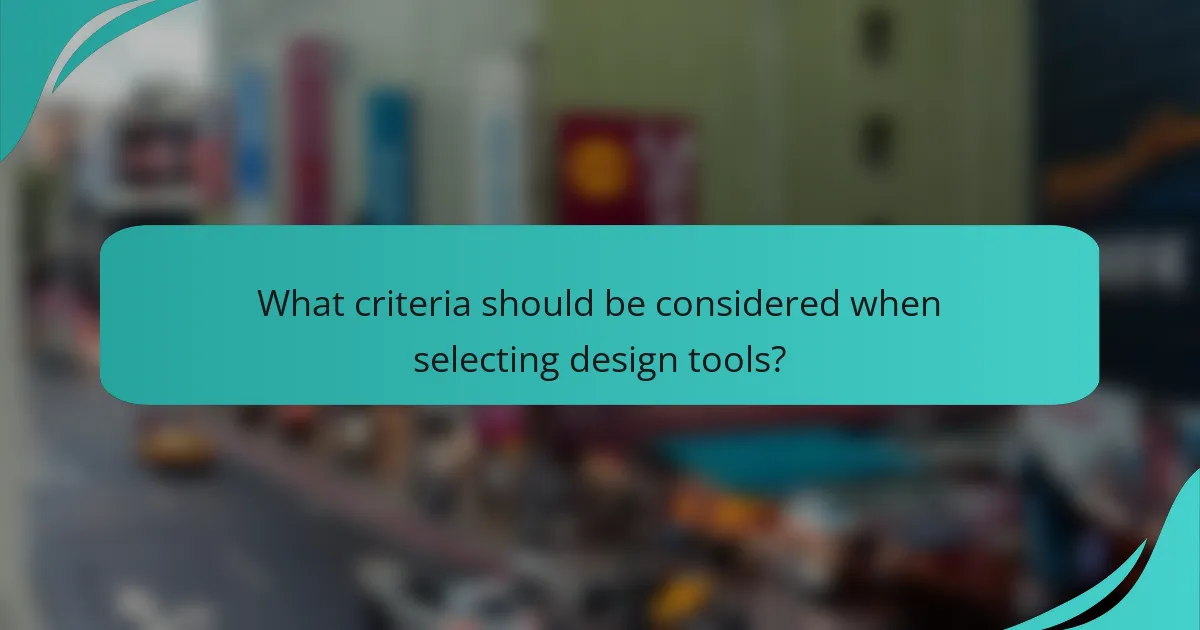User-friendly interfaces are essential for ensuring that non-techies can navigate digital environments with ease and confidence. By focusing on intuitive design, clear navigation, and enhanced accessibility, we can create experiences that cater to diverse user needs. This approach not only simplifies interactions but also fosters inclusivity, allowing everyone to engage effectively with technology.

How to design user-friendly interfaces for non-techies in Canada?
Designing user-friendly interfaces for non-techies in Canada involves creating intuitive layouts that prioritize ease of use and accessibility. This means simplifying navigation, using familiar elements, and actively seeking user input to refine the experience.
Focus on simplicity and clarity
Simplicity and clarity are essential in user interface design, especially for non-techies. Avoid cluttered screens and complex terminology; instead, use straightforward language and a clean layout to guide users effectively.
Consider limiting the number of options presented at any given time. For example, a single call-to-action button on a page can significantly enhance user focus and decision-making.
Utilize familiar design patterns
Familiar design patterns help users navigate interfaces with ease. Common elements like navigation bars, search boxes, and breadcrumb trails create a sense of comfort and predictability.
In Canada, using recognizable icons and layouts that align with local websites can enhance usability. For instance, placing the shopping cart icon in the top right corner is a widely accepted practice that users expect.
Incorporate user feedback
User feedback is invaluable for refining interfaces. Conduct usability testing with real users to identify pain points and areas for improvement. This can be done through surveys, interviews, or observing users as they interact with the interface.
Make it easy for users to provide feedback by including simple forms or feedback buttons. Regularly reviewing this input can guide iterative design changes, ensuring the interface remains user-friendly and effective.

What are the best navigation practices for non-techies?
The best navigation practices for non-techies focus on simplicity and clarity. Effective navigation should guide users effortlessly through a website, allowing them to find information quickly without confusion.
Implement intuitive menu structures
Intuitive menu structures are essential for helping non-techies navigate a website easily. Use clear labels that describe the content within each section, avoiding jargon or technical terms. Organize menus logically, grouping related items together to streamline the user experience.
Consider using a hierarchical structure, where main categories are displayed prominently, with subcategories nested underneath. This approach helps users understand the relationship between different sections and find what they need without unnecessary clicks.
Use breadcrumb navigation
Breadcrumb navigation provides users with a visual trail of their location within a website, making it easier for non-techies to backtrack if needed. This feature typically appears at the top of a page and shows the path from the homepage to the current page, allowing users to navigate back to previous sections with a single click.
Implementing breadcrumb navigation can significantly enhance user experience, especially on larger websites with multiple layers of content. Ensure that the breadcrumb links are clear and clickable, and consider using a simple format like “Home > Category > Subcategory > Current Page” for easy comprehension.
Ensure consistent navigation elements
Consistency in navigation elements is crucial for non-techies to feel comfortable while browsing a website. Use the same layout, colors, and fonts across all pages to create a cohesive experience. This familiarity helps users quickly recognize navigation features and reduces cognitive load.
Additionally, place navigation elements in predictable locations, such as the top or left side of the page. Avoid changing their positions across different pages, as this can confuse users. Regularly test your navigation with real users to identify any inconsistencies or areas for improvement.

How to enhance accessibility in interface design?
Enhancing accessibility in interface design involves creating user-friendly environments that accommodate diverse needs, ensuring everyone can navigate and interact effectively. Key strategies include adhering to established guidelines, utilizing descriptive elements, and enabling various navigation methods.
Follow WCAG guidelines
The Web Content Accessibility Guidelines (WCAG) provide a comprehensive framework for making web content more accessible. These guidelines focus on four principles: perceivable, operable, understandable, and robust. Following these principles helps ensure that users with disabilities can access and interact with your interface.
To implement WCAG effectively, conduct regular accessibility audits and user testing with individuals who have disabilities. This practice helps identify barriers and areas for improvement, ensuring compliance with standards that can enhance user experience.
Utilize alt text for images
Alt text is a crucial component for making images accessible to users who rely on screen readers. It provides a textual description of images, allowing visually impaired users to understand the content and context. Aim for concise yet descriptive alt text that conveys the image’s purpose.
When writing alt text, avoid phrases like “image of” or “picture of.” Instead, directly describe the image’s function or significance, such as “a woman using a laptop in a coffee shop.” This approach enhances comprehension and improves the overall accessibility of your interface.
Ensure keyboard navigability
Keyboard navigability is essential for users who cannot use a mouse due to physical limitations. Ensure that all interactive elements, such as buttons and links, are accessible via keyboard shortcuts. This can be achieved by following a logical tab order and providing visible focus indicators.
Test your interface by navigating it solely with a keyboard. This practice helps identify any areas that may be difficult to access, allowing you to make necessary adjustments. Remember, a well-designed keyboard navigation system significantly enhances the usability of your interface for all users.

What tools can help create user-friendly interfaces?
Several tools can facilitate the creation of user-friendly interfaces by enhancing design collaboration, prototyping, and user testing. Utilizing the right tools can streamline the design process and ensure that the final product meets user needs effectively.
Figma for design collaboration
Figma is a cloud-based design tool that allows multiple users to collaborate in real-time. This feature is particularly beneficial for teams working remotely, as it enables instant feedback and adjustments, reducing the time spent on revisions.
When using Figma, consider organizing your design files clearly and using components for reusable elements. This practice not only saves time but also ensures consistency across your designs. Additionally, Figma’s commenting feature allows stakeholders to leave feedback directly on the design, making communication more efficient.
Adobe XD for prototyping
Adobe XD is a powerful tool for creating interactive prototypes that simulate user experiences. It allows designers to link screens and add transitions, giving stakeholders a clear understanding of how the final product will function.
To maximize Adobe XD’s capabilities, utilize its repeat grid feature for creating consistent layouts quickly. Additionally, consider sharing prototypes with users for feedback before finalizing designs. This early testing can reveal usability issues and help refine the interface.
UsabilityHub for user testing
UsabilityHub is a platform that enables designers to gather user feedback on their interfaces through various testing methods, such as preference tests and five-second tests. This tool helps identify potential usability issues before launch.
When conducting tests on UsabilityHub, aim for a diverse group of participants to gather a wide range of insights. Analyze the results to understand user behavior and preferences, and use this information to make informed design decisions. Regular user testing can significantly enhance the overall user experience.

What criteria should be considered when selecting design tools?
When selecting design tools, prioritize user-friendliness, integration capabilities, and cost-effectiveness. These criteria ensure that non-techies can easily navigate the software while maximizing value for their investment.
Ease of use for non-designers
Design tools should have intuitive interfaces that allow non-designers to create visually appealing content without extensive training. Look for features like drag-and-drop functionality, pre-designed templates, and straightforward navigation menus.
Consider tools that offer tutorials or customer support to assist users in overcoming challenges. User reviews can also provide insights into how accessible a tool is for beginners.
Integration with other platforms
Choose design tools that seamlessly integrate with other platforms you use, such as social media, content management systems, or email marketing software. This connectivity streamlines workflows and enhances productivity.
For example, tools that allow direct sharing to platforms like Facebook or WordPress can save time and reduce the complexity of managing multiple applications. Check for API availability and third-party integrations to ensure compatibility.
Cost-effectiveness for small businesses
Small businesses should evaluate design tools based on their pricing structures and the value they offer. Many tools provide tiered pricing plans, allowing users to select options that fit their budget while still accessing essential features.
Look for free trials or freemium models that enable you to test the software before committing. Additionally, consider the long-term costs associated with upgrades or additional features to avoid unexpected expenses.









